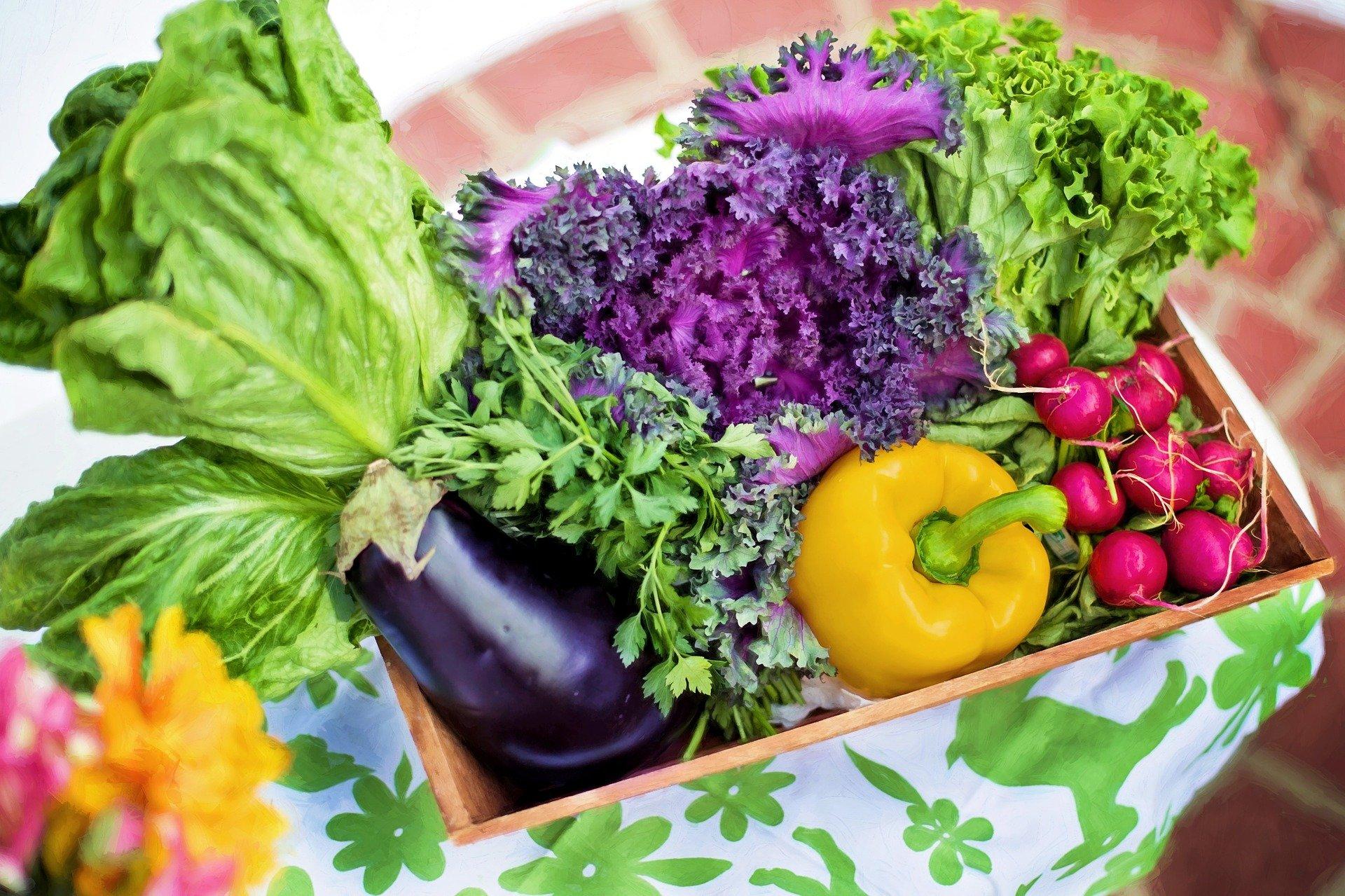Fruit and vegetables have various and specific ways to properly store them to prevent spoilage and ensure the best flavor. Some are better to store in the refrigerator while others are best stored at room temperature. Once a fruit or vegetable is cut or prepared it is always important to store it in the refrigerator and use it up within a few days. Some produce is best stored washed while others unwashed.
Regardless of how they are stored always remember to thoroughly wash any garden item prior to eating or cooking. When pre-washing before storage, be sure to dry fruits and vegetables with a clean paper towel before storing to prevent any mold or rotting.
| Fruit/Vegetable | Storage Method and Time | Tips |
|---|---|---|
| Berries (blackberries, raspberries, strawberries, blueberries) | Refrigerator crisper: 2-3 days | Remove any spoiled or crushed berries before storing. Store unwashed in plastic bags or containers. Don’t remove green tops from strawberries before storing. Wash gently under cool running water before eating. |
| Melons (watermelon, honeydew, cantaloupe) |
Store uncut melons at room temperature Refrigerator: 3-4 days for cut melon |
For best flavor, store melons at room temperature until ripe. Store ripe, cut melon covered in the refrigerator. Wash rind thoroughly before cutting (preferably use a scrubbing brush to wash rind). |
| Peaches, pears, nectarines | Refrigerator crisper: 5 days | Ripen the fruit at room temperature, and then refrigerate in plastic bags. Wash before eating. |
| Apricots, cherries, plums | Refrigerator in a perforated bag: 1 week | Refrigerate in a perforated bag. Wash well before eating. |
| Tomatoes | Store at room temperature | To ripen quickly, store in a paper bag at room temperature. Once ripe, there is no need to refrigerate, once refrigerated they will lose flavor and become overly soft. |
| Salad Greens (lettuce, spinach, swiss chard, collards) | Refrigerator; loosely packed in a perforated mesh bag for 2-4 days | Refrigerate immediately after harvest, store unwashed. Wash thoroughly before eating. |
| Beets, carrots, parsnips, radish, turnips | Refrigerator crisper: 1-2 weeks | Remove green tops and store in mesh bags. Trim taproots from radishes before storing. Wash before eating. |
| Broccoli, cabbage, cauliflower | Refrigerator in perforated mesh bag: 3-6 days | Remove outer leaves from cabbage before storing. Wash before eating. |
| Potatoes, sweet potatoes, onions (red, white, yellow | Room temperature: 2-4 weeks | Store in a cool, dry, well-ventilated area away from light. Scrub well before cooking. |
| Bell peppers | Refrigerator up to 5 days | Store in a mesh bag and rinse before eating. |
| Winter squash | Room temperature up to 3 months | Length of time a winter squash can be stored at room temperature depends on the size and variety. Store in a cool, dark place. |
| Pumpkin | Up to 1 month at room temperature | Scrub or wash the outside of the pumpkin before cutting. |
*Note: These are general guidelines for storing garden produce. If produce develops mold, discoloration, a foul odor or if the texture changes significantly (for example a cucumber that becomes soft and mushy), dispose of the product and do not attempt to consume.
This material was developed by a WIC Dietetic Intern, Kimberley Zisman, utilizing fact sheets and handouts from these Extension Services and resources:
Grow It, Eat It, Freeze It - The Basics of Freezing Foods at Home | University of Maryland Extension
(PDF) http://foodsafety.wisc.edu/assets/pdf_Files/Store_produce_newsrelease_final.pdf | University of Wisconsin Extension
(PDF) http://www.gardening.cornell.edu/factsheets/vegetables/storage | Cornell Cooperative Extension
Harvesting and Storing Home Garden Vegetables | University of Minnesota Extension
Still have a question? Contact us at Ask Extension.
